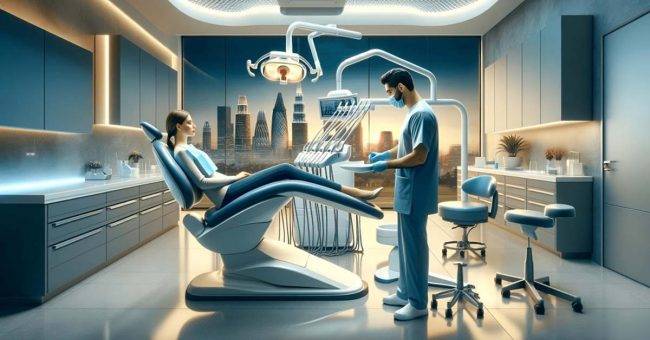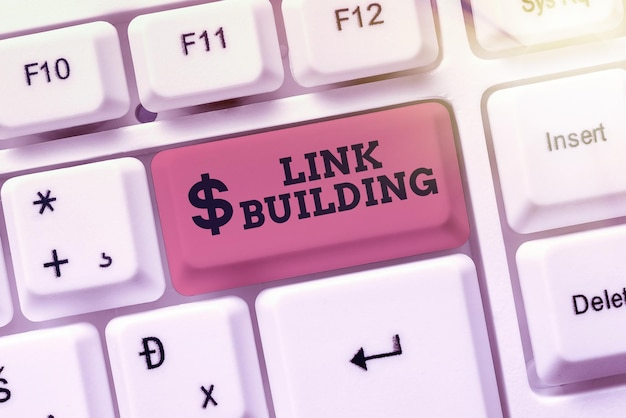
The world of dentistry has seen incredible advancements over the last few decades, particularly with the integration of technology. Among the most innovative developments is the application of the Internet of Things (IoT) in modern dental practices. IoT, a network of interconnected devices that communicate and exchange data, is revolutionizing how dental professionals approach patient care, treatment planning, and even daily operations. This article explores the significant role IoT plays in modern dental practices and how it is shaping the future of dentistry.
Understanding IoT in Dentistry
The Internet of Things refers to the growing network of devices that are equipped with sensors, software, and other technologies that allow them to collect, exchange, and analyze data. In the context of dentistry, IoT devices are embedded in a range of tools and equipment used in the practice. These can include smart dental chairs, connected imaging systems, automated diagnostic tools, and more. A Top-Tier Dental Management System by Instacare can seamlessly integrate these IoT technologies, streamlining practice operations and improving patient care.
By utilizing IoT technology, dental professionals can not only enhance their diagnostic accuracy and treatment outcomes but also improve efficiency, patient satisfaction, and operational costs. IoT enables continuous monitoring of both patients and equipment, fostering a more streamlined and proactive approach to dental care.
Enhanced Diagnostic Capabilities
One of the most crucial benefits of IoT in dentistry is the improvement in diagnostic capabilities. Smart dental equipment, such as digital X-ray machines and intraoral cameras, can transmit real-time data to a central system for analysis. This allows dentists to monitor the condition of a patient’s teeth, gums, and overall oral health more accurately.
For example, IoT-enabled imaging systems can offer high-resolution images and 3D scans, providing more detailed insights into the dental structures that traditional methods may miss. This enhanced visualization enables early detection of conditions like cavities, gum disease, and even oral cancer, allowing for more timely and effective interventions.
Streamlined Patient Care and Monitoring
IoT plays a pivotal role in patient monitoring, making it easier for dentists to track a patient’s oral health over time. Wearable devices like smart toothbrushes, floss sensors, or tongue cleaners can provide valuable data about a patient’s oral hygiene habits. These devices can record how often a patient brushes or flosses, the pressure they apply, and the duration of their oral care routine.
For patients with chronic conditions such as gum disease or tooth sensitivity, IoT-enabled devices can help dentists monitor their progress and identify areas of concern. This continuous stream of data allows for more personalized care and timely adjustments to treatment plans. Furthermore, patients can receive automated reminders for routine checkups, ensuring that they stay on top of their oral health.
Preventative Care and Early Intervention
The role of IoT in preventative care is one of its most promising aspects. IoT devices enable dental practices to collect real-time data about a patient’s oral health, which can be used to identify potential issues before they become serious problems. For instance, smart toothbrushes can detect plaque buildup or areas that need extra attention, sending alerts to both patients and dentists.
Similarly, connected dental equipment can analyze a patient’s oral health data and predict future dental problems based on current trends. For example, if a patient shows early signs of gum disease, IoT-enabled diagnostic tools can alert the dentist to intervene early, potentially preventing the need for more extensive treatment down the line.
Improved Operational Efficiency
In addition to enhancing patient care, IoT can significantly improve the operational efficiency of dental practices. For instance, dental offices can use IoT to monitor and manage their equipment, ensuring that everything is functioning properly and reducing downtime. IoT-enabled tools can provide real-time status updates on equipment such as dental chairs, sterilizers, and imaging systems, alerting staff to any malfunctions or maintenance needs.
Furthermore, IoT can help optimize inventory management. Dental practices often rely on a variety of consumables, such as dental tools, fillings, and materials. IoT-enabled inventory systems can automatically track stock levels and notify staff when supplies are running low, reducing the risk of running out of critical materials during procedures.
Data Security and Privacy
With the increased use of IoT devices comes the responsibility to protect patient data. Dental practices must ensure that all IoT-enabled systems comply with data protection regulations, such as the Health Insurance Portability and Accountability Act (HIPAA) in the United States. Since IoT devices are connected to the internet, they could potentially be vulnerable to cyberattacks if not properly secured.
To mitigate this risk, dental practices must invest in robust cybersecurity measures, including encryption, firewalls, and secure data storage solutions. Dental professionals must also ensure that their IoT devices are regularly updated to patch any security vulnerabilities and prevent unauthorized access to patient data.
The Future of IoT in Dentistry
The potential of IoT in dentistry is vast, and its applications will continue to evolve as technology advances. Future developments may include even more sophisticated diagnostic tools, smarter devices for home care, and the integration of artificial intelligence (AI) to assist in treatment planning and decision-making.
As IoT technology becomes more widespread, dental practices will likely see a further shift toward preventative and personalized care, with an emphasis on long-term oral health management rather than reactive treatment.
Conclusion
IoT is undeniably playing a transformative role in modern dental practices. From enhancing diagnostic capabilities and streamlining patient care to improving operational efficiency, the integration of IoT is helping dental professionals provide more accurate, efficient, and patient-centered care. As technology continues to evolve, the possibilities for IoT in dentistry are endless, offering exciting opportunities for both practitioners and patients alike. Embracing these innovations, along with Leading Dental Clinic Software, is key to staying competitive in the ever-evolving landscape of dental care.







